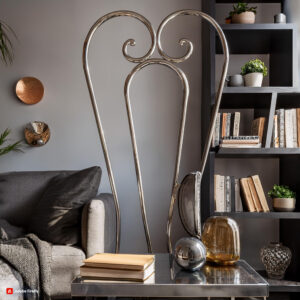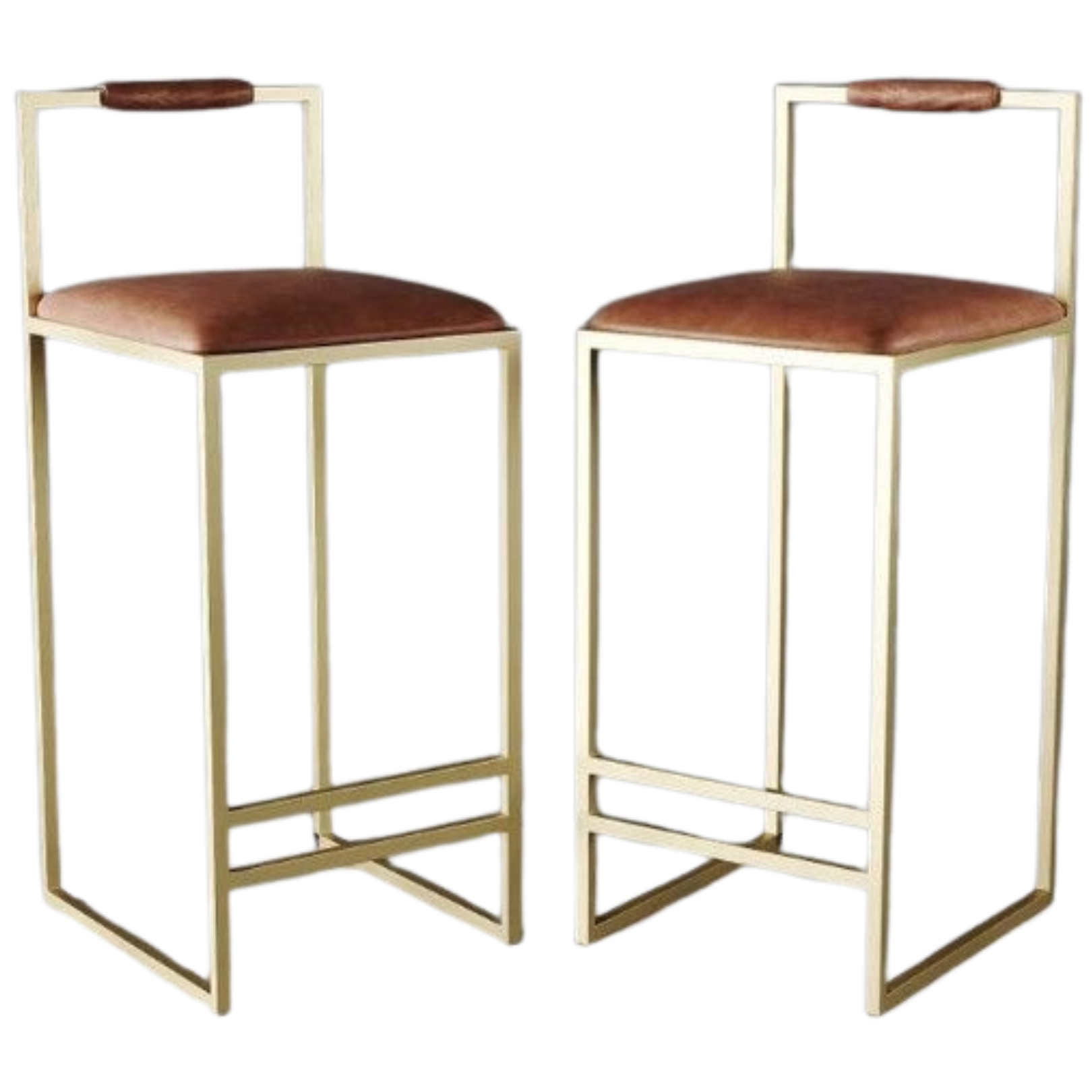Indoor vs. Outdoor Metal Furniture: Essential Protection Strategies for Long-Lasting Durability
Indoor Metal Furniture
Metal furniture indoors is often found in modern kitchens, living rooms, and bedrooms. Common pieces include metal chairs, tables, and shelving units. The controlled environment indoors makes it easier to care for, but there are still factors that can affect its longevity, such as humidity, scratches, and spills.
Outdoor Metal Furniture
Outdoor metal furniture is typically used for patios, decks, and gardens. These pieces are exposed to harsh weather conditions like rain, snow, and direct sunlight, making protection a bit more challenging. Rust, corrosion, and fading are the biggest concerns for outdoor metal furniture.
Protection Strategies for Indoor Metal Furniture
- Regular Dusting & Cleaning
- Why It’s Important: Dust buildup on indoor metal furniture can lead to scratches and dullness over time.
- How to Do It: Use a soft cloth to dust metal surfaces weekly. For a more thorough clean, use a mixture of warm water and mild dish soap. Avoid abrasive cleaners, as they can damage the finish.
- Protect Against Scratches
- Why It’s Important: Scratches can expose the metal surface to air, leading to oxidation and eventual rust.
- How to Do It: Use coasters, placemats, or felt pads under objects placed on metal furniture to prevent scratches. For shelving units, avoid dragging heavy items across the surface.
- Control Humidity Levels
- Why It’s Important: High humidity can cause metal to corrode, even indoors.
- How to Do It: Keep indoor spaces well-ventilated and use dehumidifiers in areas with excess moisture, such as basements.
- Apply Protective Wax or Sealant
- Why It’s Important: A protective coating will help prevent rust and scratches.
- How to Do It: Consider applying a metal furniture wax or a clear sealant every six months to maintain shine and protection.

Protection Strategies for Outdoor Metal Furniture
- Weatherproof Covers
- Why It’s Important: Outdoor furniture is exposed to rain, snow, and UV rays, which can cause rust, corrosion, and fading.
- How to Do It: Invest in high-quality weatherproof covers designed specifically for outdoor metal furniture. Cover furniture when not in use, especially during rainy or snowy seasons.
Image Idea: An outdoor metal dining set covered with a protective, stylish cover, with a picturesque garden in the background.
- Rust Prevention
- Why It’s Important: Rust is one of the biggest enemies of outdoor metal furniture, as it can weaken the structure and ruin the appearance.
- How to Do It: Regularly inspect outdoor furniture for rust spots. If rust appears, sand it down gently, and apply a rust-inhibiting primer followed by a fresh coat of paint or sealant.

Rust Prevention
- Why It’s Important: Rust is one of the biggest enemies of outdoor metal furniture, as it can weaken the structure and ruin the appearance.
- How to Do It: Regularly inspect outdoor furniture for rust spots. If rust appears, sand it down gently, and apply a rust-inhibiting primer followed by a fresh coat of paint or sealant.
- Use Powder Coating
- Why It’s Important: Powder coating is a durable, long-lasting finish that provides protection against weather elements.
- How to Do It: Many outdoor metal furniture pieces come with powder coating. If your furniture doesn’t, consider having it powder-coated professionally for added durability.
- Elevate Furniture During Wet Seasons
- Why It’s Important: Direct contact with wet ground can speed up rusting.
- How to Do It: Place outdoor metal furniture on a dry surface like a wooden deck or concrete patio. If your furniture is on grass, use furniture feet risers to keep it elevated from the damp ground.
- Store Furniture in Winter
- Why It’s Important: Cold and wet winter conditions can severely damage metal furniture if left outside.
- How to Do It: If you live in an area with harsh winters, store outdoor furniture in a garage or shed during the colder months. If storage isn’t possible, ensure your furniture is well-covered and raised off the ground.
Common Mistakes to Avoid
- Not Cleaning Before Storing: Always clean your furniture before covering or storing it for long periods. Dirt, dust, and moisture trapped under covers can cause damage.
- Using Abrasive Cleaners: Avoid using harsh chemicals or abrasive scrubbing pads, as they can wear down protective coatings on both indoor and outdoor metal furniture.
- Ignoring Small Rust Spots: Small rust spots can quickly spread if not treated promptly. Always address rust issues as soon as they appear.
Conclusion
By taking the right precautions, you can keep both your indoor and outdoor metal furniture in excellent condition for years to come. Regular cleaning, proper covering, and timely rust prevention are key strategies for protecting your investment. With the tips outlined above, you’ll be able to enjoy your metal furniture, whether inside your cozy home or out in the garden, without worrying about damage.



